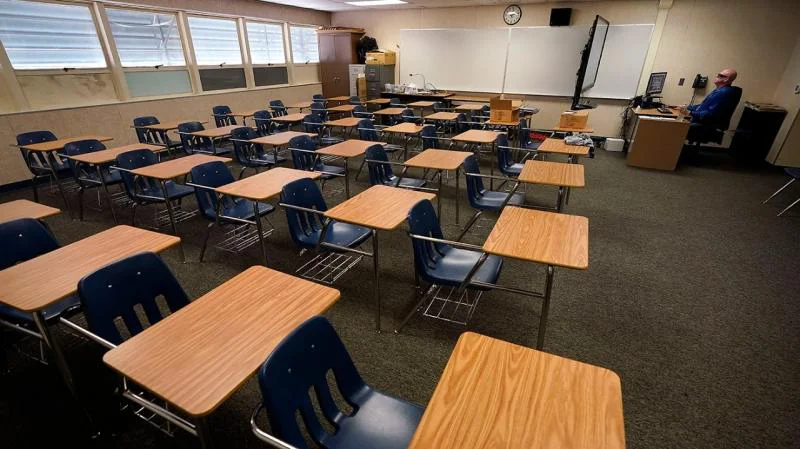Both learning outcomes and educational objectives are essential components of the educational process, but they serve different purposes and have unique characteristics. Learning outcomes are specific, observable, and measurable statements that describe what students are expected to know, understand, or be able to do after concluding a course or lesson. Typically, they use active verbs to demonstrate mastery and are student-centred, concentrating on the end result of learning. Learning outcomes provide a clear framework for assessment and evaluation because they enable educators to measure students’ progress in acquiring the intended knowledge or skills.
Educational objectives, on the other hand, are broader statements that outline the course, programme, or lesson’s general aims or intentions. They emphasise what educators intend to teach, convey, or address during instruction and are teacher-centred. Frequently, objectives encompass broader concepts, themes, or principles and are not always readily measurable. They serve as guidelines for curriculum development, instructional material selection, and lesson plan creation. Learning outcomes focus on learners’ specific, quantifiable accomplishments, whereas educational objectives describe the course or program’s overarching aims. Both are essential for shaping the educational experience but differ in specificity, focus, and quantifiability. The assessment of learning outcomes is guided by educational objectives, which inform instructional design and content.
What are Learning Outcomes?
Learning outcomes are short, clear, and specific statements describing the knowledge, skills, and abilities students should have after finishing a course or lesson. They are used as standards to measure how well teaching and learning are going. They are also essential to making a programme, planning lessons, and evaluating it. Learning outcomes are student-centred because they focus on what students should be able to do at the end of the learning process rather than what teachers want to teach. They are written with active verbs that describe the desired behaviour, like “analyse,” “evaluate,” or “create,” so that the results can be measured and seen.
When making learning outcomes, it is essential to ensure they align with overall educational goals, course material, and assessment methods. They should be SMART, which stands for Specific, Measurable, Achievable, Relevant, and Time-bound. This ensures that students know what is expected of them and can keep track of their growth. Learning outcomes are also the basis for assessment because they let teachers compare how well students do based on certain factors. By making a clear connection between what is supposed to be learned and how it is tested, learning outcomes make it easier to come up with the right teaching strategies and tools, improving the quality of education. Ultimately, learning outcomes are essential for successful teaching, learning, and assessment because they give students a clear path to success and help teachers create meaningful learning experiences.
What are Educational Objectives?
Educational objectives are broad statements explaining what a course, programme, or lesson is trying to do or its primary goals. They are used as a basis for creating curricula, choosing teaching materials, and making lesson plans. This gives teachers a clear idea of how to go about teaching. Learning outcomes are focused on what the student has learned and done, while educational objectives are focused on what the teacher wants to teach, convey, or cover during instruction. Rather than listing particular skills or knowledge that students should learn, objectives often include bigger ideas, themes, or principles that guide the content and structure of a course.
Bloom’s Taxonomy is a system for classifying learning objectives that include cognitive, emotional, and psychomotor domains. Educational objectives usually include parts of this system. This ensures that the objectives cover many aspects of learning, from gaining information to developing critical thinking skills, attitudes, and physical skills. Even though educational objectives may be more challenging to measure than learning outcomes, they are essential for figuring out what a course or programme is for and what it will cover. They help teachers figure out essential ideas and skills they want students to learn and give them a way to align content, teaching techniques, and testing methods. In short, educational objectives help teachers plan and carry out their lessons. They focus on a course or programme’s overall goals and purposes rather than specific, measurable student successes.
Difference Between Learning Outcomes and Educational Objectives
Knowledge, skills, and abilities that students should acquire by the end of a course or lesson are described in “learning outcomes,” which are specific, quantitative, and student-centred assertions. They serve as standards by which student work can be evaluated. However, educational objectives are broader, instructor-focused statements that outline the overarching purposes of a given course or programme. They serve as a basis for developing courses, creating resources, and organising lessons. The primary difference between learning outcomes and educational objectives rests in the degree to which they are defined and measurable in terms of student achievement.
Focus
Learning outcomes focus on the knowledge and skills students should acquire, while the focus of educational objectives is on what instructors plan to impart to their students.
Specificity
Educational objectives are more general and explain overarching aims, whereas learning outcomes are more detailed and detail the actual knowledge, skills, or talents that will be acquired.
Measurability
While educational objectives might not be as quantifiable as learning outcomes, the former can be easily observed and measured.
Assessment
Learning outcomes outline a specific path for evaluation, whereas learning objectives direct the development of course materials and methods of delivery.
Language
Unlike educational objectives, which tend to be more general, learning outcomes use action verbs to express the intended performance.
Alignment with Curriculum
Whereas educational objectives form the basis for curriculum development and material selection, learning outcomes are directly related to course content, assessment methods, and overarching aims.
Scope
In contrast to educational objectives, which might span an educational institution’s entire programme or mission, learning outcomes are typically more limited in scope and focused on individual courses or lessons.







